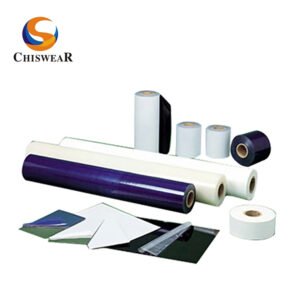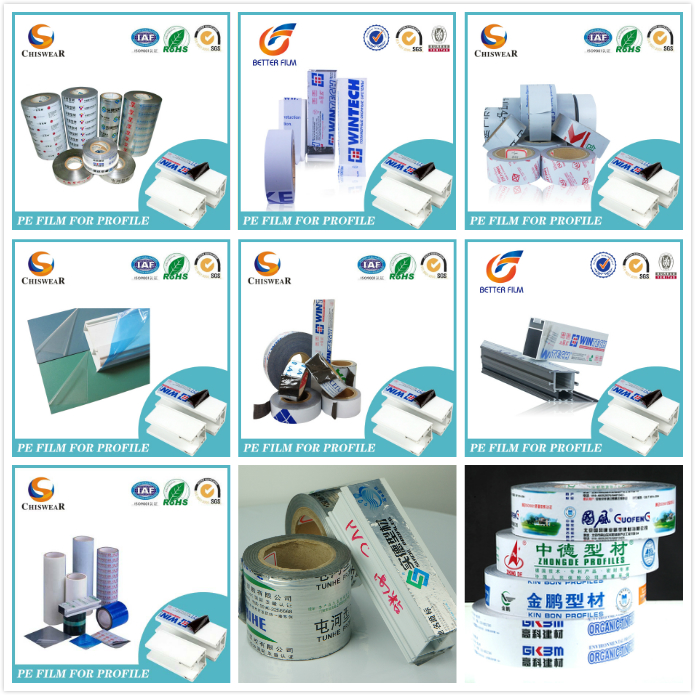Table of Contents
- The Rise of Eco-Friendly Party Trends
- Defining Compostable and Biodegradable Tableware
- Key Factors to Consider When Choosing Eco-Friendly Tableware
- The Environmental Impact of Sustainable Tableware
- Recommended Brands and Products for Eco-Conscious Consumers
- Tips for Planning and Decorating a Green Party
- References
Meta description
Lets delve into how eco-friendly party trends are increasing and how you can play your part towards better planet by adopting greener party practices and eco-friendly table ware.
The Rise of Eco-Friendly Party Trends
With an ever growing drive towards ensuring sustainable ecosystem, every aspect of our life is shaping up accordingly, and the parties are no exception. People today are trying to make sure that their gatherings are harmless to the environment and that their partying practices are in line with the broader sustainability goals.
For example, we have seen a notable drive towards greener and sustainable party decorations replacing those made out of plastic. The paper straws are replacing the plastic ones. The cloth banners are getting more popular, and bamboo cutlery has taken over the plastic ones as not only more sustainable solution but also a more presentable one. Similarly, environmental consciousness breeds minimal waste practices. Moreover, using solar-powered lighting has taken a surge in the recent partying trends and continues to be a popular one as the urge to rely on sustainable means increases.
In view of these rapidly changing trends, let us have a look at how relying on eco-friendly tableware can contribute to greener parties. Moreover, this guide includes practical tips on how to choose the best green tableware and what will be its impact. Moreover, it includes some handy tips on how to make your parties more eco-friendly.

Defining Compostable and Biodegradable Tableware
As partying trends adopt eco-friendly practices, eco-conscious people also adopt greener tableware. Compostable and biodegradable tableware is taking place of non-degradable ones in an attempt to minimize carbon footprints on Earth.
- Compostable tableware is made with materials that are converted into compost after a period of time. In short, it leads to non-toxic, and rather enriching waste.
- Similarly, biodegradable tableware is made with materials that decompose into carbon dioxide, water, and valuable biomass once degraded by the action of microorganisms.
Examples: one of the commonly used biodegradable alternatives to plastic tableware is a protective sheet made out of sustainable materials. For example, the protection films made with cornstarch or other plant-based materials. Other examples of compostable tableware include cutlery made with bamboo.

Key Factors to Consider When Choosing Eco-Friendly Tableware
Making a balanced choice between environment friendliness with utility is the key. Let us have a look at what factors you should consider while going for eco-friendly tableware.
· Material Selection
While selecting tableware for your party, give preference to sustainable materials. Prefer bamboo, sugarcane, paper, and other decomposable alternatives over plastic. Make sure the material does not leave a microplastic residue.
· Reusable and Recyclable Options
Going for stainless steel cutlery or the one made with melamine can ensure reusability. Similarly, paper-based material like paper straws instead of plastic ones ensures recyclability as well, reducing the burden on the resources.
· Certifications
Looking for eco-friendly certifications while choosing your tableware ensures that you are going with those products only that have been produced through sustainable practices. For example, products certified by FSC (Forest Stewardship Council) and BPI (Biodegradable Products Institute) should be prioritised because these are made after sustainable harvesting and with degradable materials.
· Durability
While going for eco-friendly options, you cannot compromise on durability. For example, you obviously cannot serve hot and wet food in paper plates. Similarly, where PLA-based glasses are good for cold drinks, they cannot be used for hot beverages. Here, materials like glassware, stainless steel, bamboo, etc would be preferred. In short, go for the eco-friendly options while still keeping in vie the factor of durability depending on the intended use.
The Environmental Impact of Sustainable Tableware

Where the commonly used plastic tableware leaves carbon footprints, the impact of eco-friendly tableware on the planet is much shorter and they decompose earlier, enriching the soil with useful compost. Let us have a look at how these tableware positively impact the environment:
- Replacing plastic with eco-friendly tableware means reducing nondegradable waste from the earth. It helps minimize the carbon footprints and hence towards a better ecosystem.
- Relying on compostable materials ends up releasing useful compost after they degrade. This helps enrich the soil and make it fertile.
- Reusable tableware, like those made with glass and steel, can be used for extended period of time and reduce burden on energy resources.
Recommended Brands and Products for Eco-Conscious Consumers
Here are some of the recommended brands that take care of environmental standards during the manufacturing of their tableware products. They ensure that sustainable practices are adopted to reduce the impact on the environment.
· Bambu
They make cutlery from naturally grown bamboo without using pesticides. Their cutlery is totally compostable and combines elegance with eco-friendliness.
· Chidecor
They offer environment-friendly tablecloths and other tableware to help their customers contribute to reducing plastic waste. Their tablecloth sheets are highly presentable and yet have a lower impact on the environment.

· Repurpose
They offer cutlery and crockery items made with paper, bamboo, corn, and other such sustainable sources. They offer BPI certified products best for gatherings, picnics, parties, etc.
· Eco-Products
Their hot and cold cups, plates, and other tableware items are ideal for corporate events and cafes. These are made using PLA, and sugarcane and are BPI certified.
Tips for Planning and Decorating a Green Party
Be a part of the drive and make your parties greener by adopting eco-friendly practices. It doesn’t just reduce no degradable waste but is also pocket friendly. Here are a few handy tips:
- If possible, go for outdoor parties in parks to reduce the use of energy.
- Instead of offering drinks in individual plastic bottles, serve them in bulk in pitches and jugs.
- Go for reusable cups and crockery.
- For packing gifts, use reusable fabric or paper.
- Manage waste properly. It would be a great idea to arrange for marked bins for different types of waste like glass, paper, plastic, etc.









